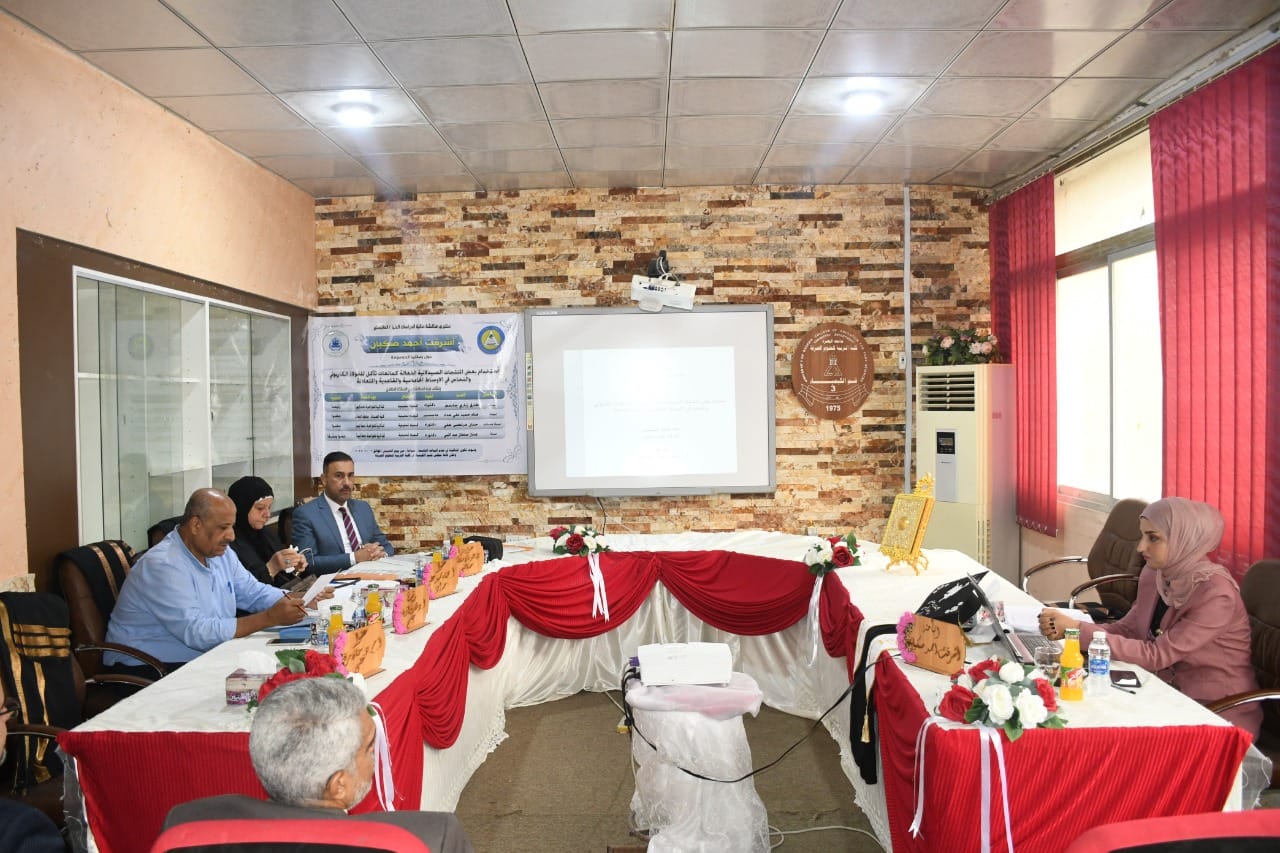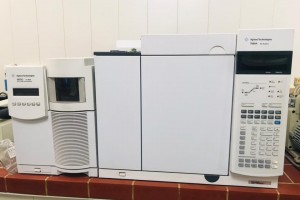
The College of Education for Pure Sciences at the University of Basra discussed a master’s thesis on (the use of some effective pharmaceutical products as corrosion inhibitors for carbon steel and copper in acidic, basic and neutral media)
The message presented by the researcher (Eshraqat Ahmed Sakban) included
Four azo dyes derived from paracetamol as a phenol with three amines are 3-aminophenol, 4-aminoa phenol and dapsone, their symbols respectively (A1, A2, A3, A4), were prepared. These dyes were diagnosed using infrared spectroscopy and visible light spectroscopy. - Ultraviolet, proton nuclear magnetic resonance and mass spectrometry, the study included the use of azo dyes prepared from environmentally friendly pharmaceutical preparations within the study of sustainable development chemistry as inhibitors of corrosion of carbon steel alloy in the acidic medium of hydrochloric acid, where the corrosion speed was measured by polarization curves method (Extrapolation Tafel plot) and at Different temperatures and with different concentrations. This axis also included calculating the theoretical results by computer chemistry programs to evaluate the efficiency of compounds (A2,A3,Dapson,Paracetamol) prepared as corrosion inhibitors for carbon steel alloy.
Objectives of the study
Preparation and characterization of mono- and bi-azo-group dyes. Evaluation of cheap and available environmentally friendly pharmaceutical materials such as dapsone and paracetamol as corrosion inhibitors for carbon steel alloy in hydrochloric acid (0.1M HCl) and testing their efficiency using Tafel curves method. Evaluation of prepared dyes derived from pharmaceutical compounds as corrosion inhibitors. Carbon steel alloy in hydrochloric acid (0.1M HCl) and its efficiency test using Tafel curves method and using Lankmeier method. Comparison of the inhibition efficiency of the primary drug substances with the dyes prepared from them.
Using the computer study to know the factors related to the corrosion issue of pharmaceutical materials and dyes and comparing the theoretical values of inhibition with the practical values and results. )








